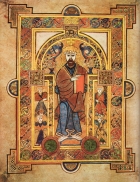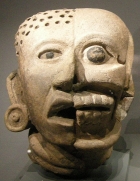Classroom Resources
The HA has spent a great deal of effort in developing resonant support for the Key Stage 2 curriculum. Most you will find here, especially the articles and reviews from Primary History. Read more
-

So was everyone an ancient Egyptian?
ArticleClick to view -

Using shoes as an historical source
ArticleClick to view -

Our Iron Age challenge
ArticleClick to view -

Primary history and British values
ArticleClick to view -

Teaching history and geography together in a meaningful way
ArticleClick to view -

Using original sources
ArticleClick to view -

What can you do with a Victorian Trade Directory…?
ArticleClick to view -

What your local Archive Service can offer to schools
ArticleClick to view -

Ancient Sumer
ArticleClick to view -

From Home to the Front: World War I
ArticleClick to view -

Pull-out Posters: Primary History 69
ArticleClick to view -

Viking and Anglo-Saxon struggle for the kingdom of England
ArticleClick to view -

The Maya: a 4,000-year-old civilisation in the Americas
ArticleClick to view -

Investigating the Indus Valley (2600-1900 B.C.)
ArticleClick to view -

Britain's settlement by Anglo-Saxons and Scots
ArticleClick to view -

Ideas for Assemblies: Lest we forget
ArticleClick to view -

Using the back cover image: Sandbach Crosses - an Anglo-Saxon market cross
ArticleClick to view -

Place-names and the National Curriculum for History
ArticleClick to view -

Curriculum Planning: which non-European society might we offer at school?
ArticleClick to view -

War memorials as a local history resource
ArticleClick to view

